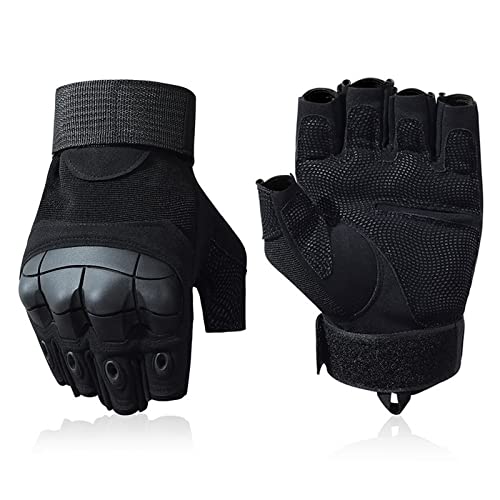Since this thread got a bit of interest I thought I'd add that I did the job myself with a buddy and it was not hard. 10 out of 16 valve clearances were tight. Did it for the first time at 38,000 miles. Very glad I did it. Slightly more responsive engine and there is less valve clatter at idle. Because I didn't secure the chain near the crank sprocket, my chain skipped a tooth so it was way down on midrange power, so I had to re-do the whole job. I re-did the job in about 3 hours start to finish the 2nd time, including re-shimming another valve and checking all the others. Dannymax can tell you about the ease of the chain slacking down and moving a tooth on the crank sprocket

. However, if the chain accidently moves on you, it will only move a tooth most likely, and it does not do any damage to the engine. In fact it runs fine and make 120hp according to Danny, just creates a flat spot in the mid-range basically. Not sure how much it would have to move to cause valve damage but more than is possible via an accidental slip on a valve adjustment.
The job does not require any fancy tools, just the right tools. A nice 1/4" adjustable socket set, #30 torx bit, and an inch-pounds torque ratchet - get 'em at Sears and be done with it. I re-used all the gaskets with some moly lithium grease on them per the dealers advice. Because of all that I have learned from this site I am willing to help anyone with any noob questions should they have them. Anyone local I will help you do this - can be done in the morning and ride by the afternoon.
Edit: In regards to having ten slightly tight clearances, I right the snot out of my FJR which probably does contribute to valve clearances straying from spec faster than others. I don't abuse it and am very smooth, but she sees redline multiple times every ride. Everything on the top of the engine looked new. Doesn't burn a drop of oil, no oddly ticking valves, - you can hear the cam chain a bit but for all I know that is normal and the dealer thinks it's fine although a bit noisier than a 2009 FJR they had on hand with low miles. I average 40 mpg in the city probably doing 50 wheelies per tank of gas and hitting 90-100mph on the way and from work each day. Love the bike.




















































